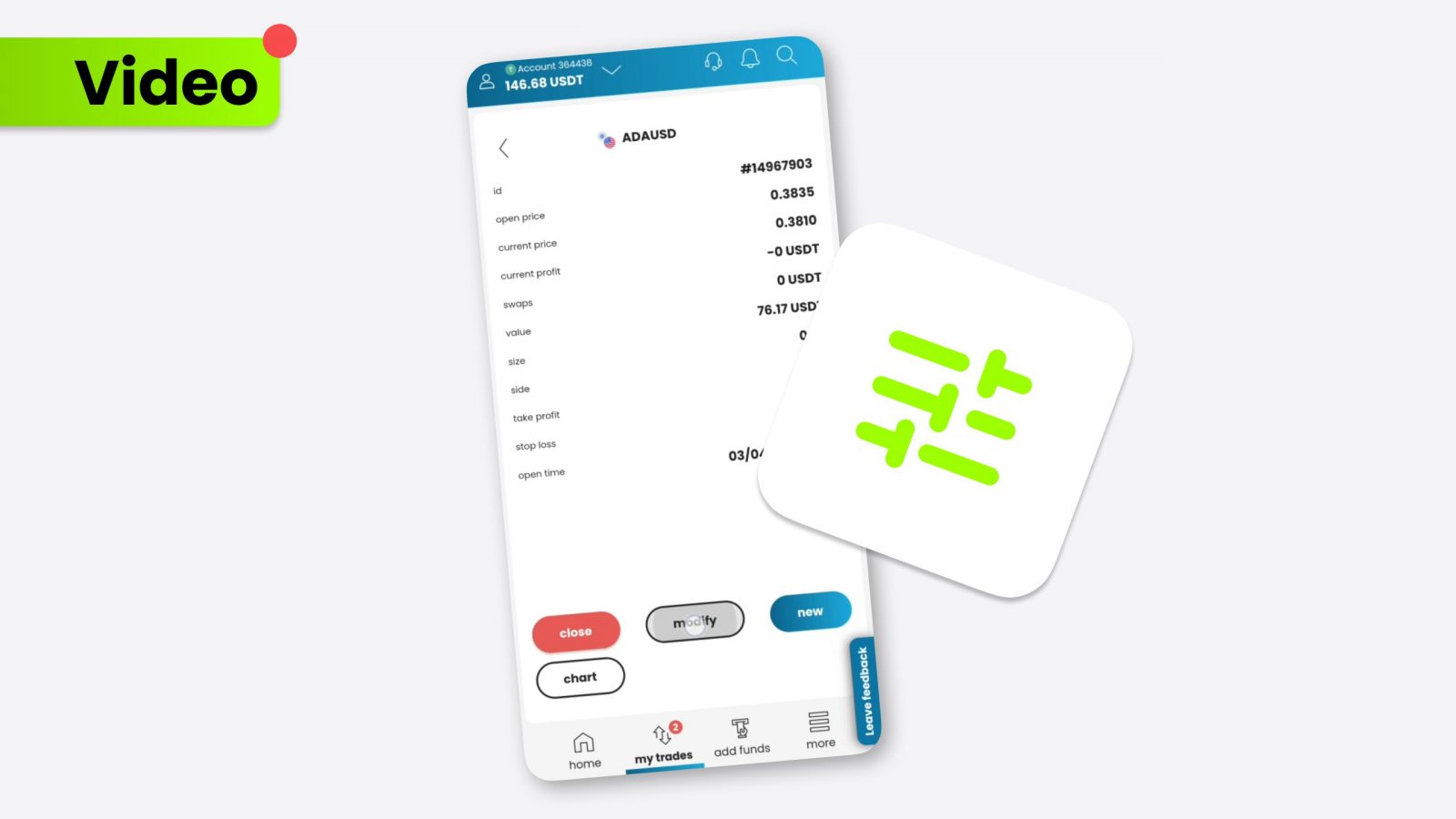Centralized Finance (CeFi) is the traditional financial framework controlled by central entities such as banks and financial institutions. This system is pivotal in managing global finances through a regulated environment where intermediaries oversee transactions and customer assets.
- Understand the structure and role of CeFi in managing global finances.
- Assess the traditional features of CeFi compared to the innovative DeFi sector.
- Consider future interactions between CeFi and emerging financial technologies.
What is CeFi?
CeFi refers to financial systems where centralized institutions act as transaction intermediaries, which are crucial for ensuring regulatory compliance, security, and operational efficiency. However, this can restrict transparency and flexibility for users, contrasting sharply with the decentralized models of DeFi that facilitate direct peer-to-peer transactions, reducing intermediary costs and enhancing user autonomy.
Centralized finance: Essentials
The essentials of CeFi include strong regulatory adherence and a robust infrastructure that manages transaction systems vital for the functioning of global markets, including Forex. It facilitates major currency trades, exemplifying the practical application of Forex basics in the trading of pairs like Euro to Dollar (EURUSD).
However, despite its efficiency in these areas, CeFi’s centralized nature often leads to high transaction fees and limited accessibility. This drives the exploration of alternative models like open finance, which aim to democratize access to financial services, reducing barriers and costs.
Pros
- Regulation and security: CeFi institutions are regulated and provide insured services, which adds a layer of security and trust essential in handling significant financial operations and equities.
- Infrastructure: CeFi boasts a well-established infrastructure capable of handling complex and voluminous transactions across various indices and markets.
Cons
- Opaque practices: The lack of transparency in CeFi can obscure the inner workings of financial transactions, unlike the open ledger systems seen in blockchain technologies used in DeFi and Bitcoin.
- Accessibility issues: Geographical and economic barriers can prevent specific demographics from accessing CeFi services, an issue less prevalent in decentralized models.
Centralized finance vs DeFi
Centralized Finance (CeFi) operates under traditional financial institutions, offering security and regulatory compliance but often with higher fees and limited transparency. Conversely, Decentralized Finance (DeFi) eliminates intermediaries using blockchain technology, lowering costs and enhancing transparency. DeFi also integrates GameFi elements, making financial interactions more engaging and accessible.
What’s next for CeFi and DeFi?
The future of CeFi may involve adopting DeFi’s elements to increase transparency and operational efficiency. Conversely, DeFi could integrate specific regulatory frameworks from CeFi to enhance trust and security. This potential convergence aims to harness the strengths of both systems.
Conclusion
As technological advancements continue shaping the financial sector, the dialogue between CeFi and DeFi is becoming increasingly significant. Understanding and adapting to these changes is crucial for stakeholders within the financial sectors, ensuring they remain at the forefront of a rapidly evolving economic environment.


















































